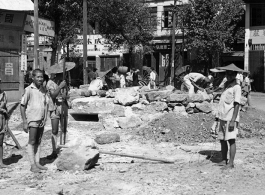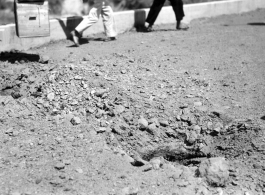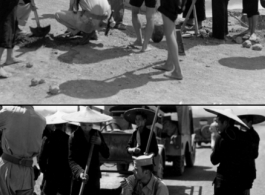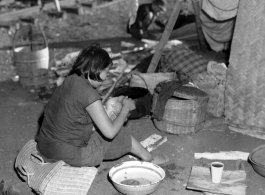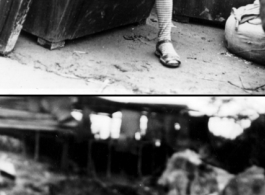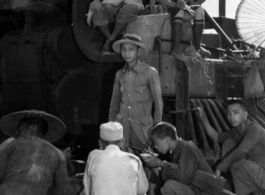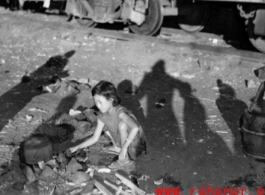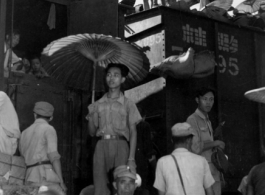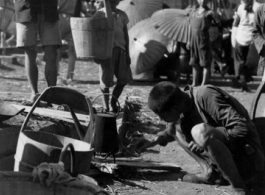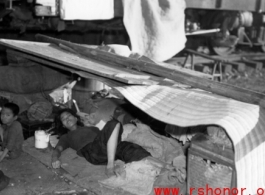Thank you for your patience as we rebuild our website! 2020-2025
This historical archive has a total of 7,074 entries.
Ichigo Campaign
The "Ichigo Campaign" or "Operation Ichi-Go" (一号作戦 Ichi-gō Sakusen, lit. "Operation Number One") was a sweep by Japanese forces through southern China April to December 1944, especially directed to eliminate American air bases. See more at https://en.wikipedia.org/wiki/Operation_Ichi-Go.
Pagination
- Previous page
- Page 12
- Next page
